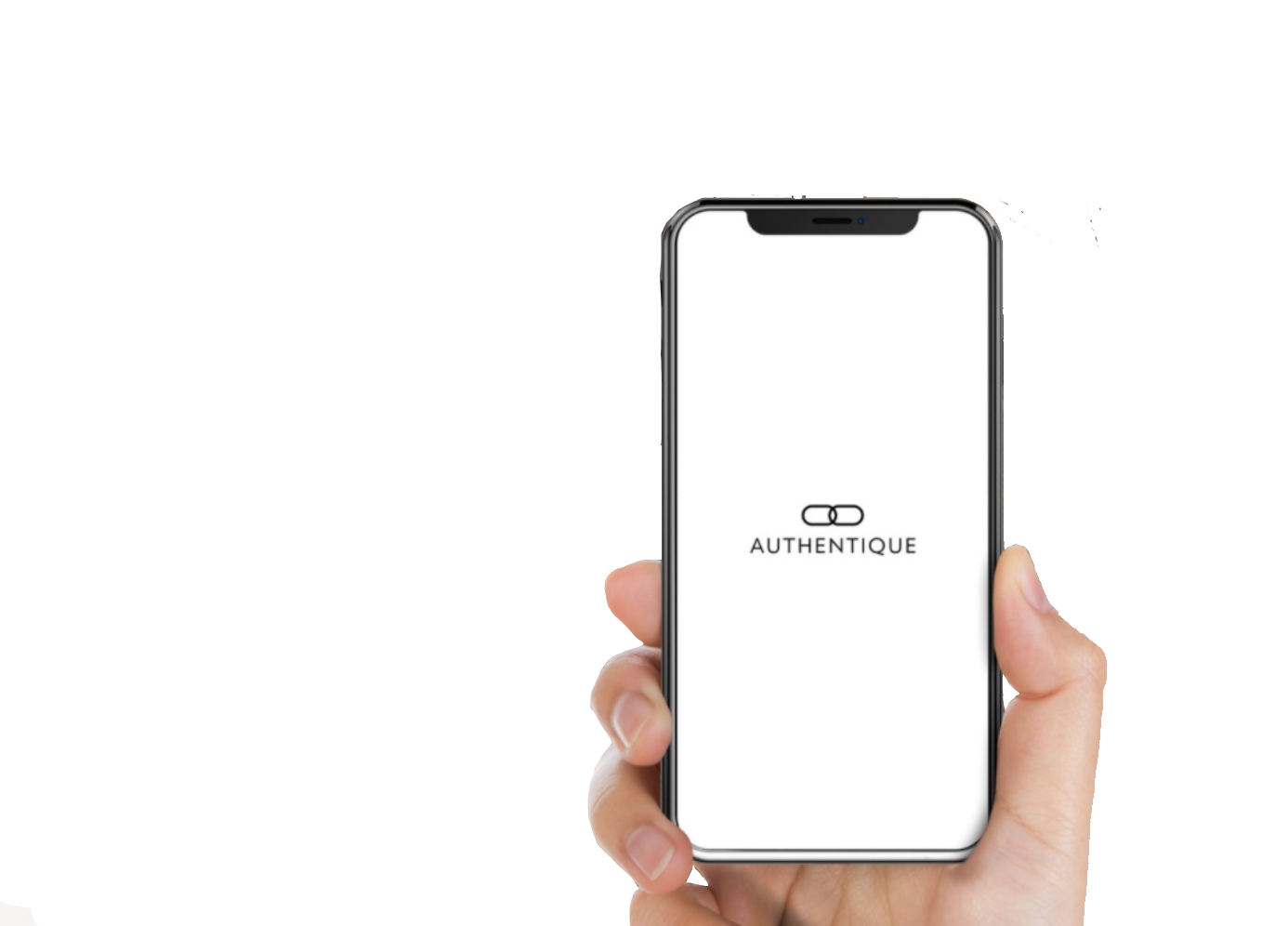How Safe Are NFTs?
NFTs have taken the world by storm over the past two years sparking controversy and intrigue. These types of cryptocurrency have become a huge part of branding concepts for many companies through a ‘phygital’ model— physical and digital. However, with the rise of cryptocurrency comes concern: how safe are NFTs?
image cred | giogs.com
Scams are the most serious risk for NFT investors and projects. There have been a couple of artists posing as the real deal selling knock-off NFTs for exorbitant amounts of money. An example of a fraudulent NFT transaction is the infamous fake Banksy art purchased by Pranksy for a whooping 244,000 GBP. At Art Basel, an artist used the moniker Birkin to sell his ‘Metabirkin’ NFT bags without the permission of Hermès, each selling for $450 USD. He was then sued by Hermès and lost for trademark infringement; thus setting a precedent for NFT intellectual property rights.
image cred | cnn.com
Another major issue within the NFT debacle is some artists are not aware that their digital pieces are being sold on the web as NFTs. Once digital art is placed on the web without the proper tagging, it can be used and remade by other users. This new unethical trend takes digital art from one artist, mints said digital piece as an NFT, then is resold as NFT without giving the original creator any credit. This new trend is posing a threat to copyright usage rights thus perpetuating another major issue within the safety of ethical selling of NFTs. The vulnerability of these transactions are creating market insecurity when it comes to purchasing digital pieces.
Another huge industry also facing a lot of scams is the luxury goods industry predominantly in the fashion sector. There has been a major need for brands such as Chanel, Gucci, and Louis Vuitton to fight against the sale of counterfeit products through the creation of NFTs. How could cryptocurrency such as NFTs help fight against counterfeit products? Simple: NFTs are made to be secure digital transactions placed on the blockchain with no risk of hacking. Even with all the controversy surrounding NFTs, they’re still the most secure form of authentication for physical products.
How does the creation of NFTs for physical products fight against the counterfeit industry? Putting it simply, currently third party resale markets have no realistic way of verifying luxury products sold on their websites leaving buyers in a vulnerable state. Creating a digital twin/NFT during the point of purchase of a luxury product will create a verifiable NFT on a blockchain authenticating the physical product.
Luxury brands are beginning to adopt the idea of creating these digital tags for security and authenticity but there is one catch: the current model uses RFID tagging. RFID tagging hampers the design of the physical luxury product placing a scanner code on the product. With the AUTHENTIQUE app however, brands are able to use visual recognition software to create the NFT during the point-of-purchase thus leaving the physical product virtually untouched.
Although NFTs are being used in certain unethical ways, companies such as the ORDRE Group are creating them to help luxury brands combat the counterfeit industry. By combating the counterfeit industry, AUTHENTIQUE is inadvertently helping with sustainability efforts by combating the counterfeit industry. The counterfeit industry is the leading polluter within the fashion industry amounting to millions upon millions of waste each year.



